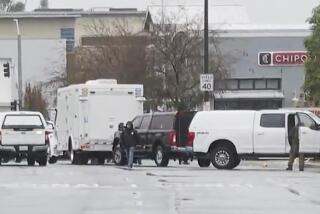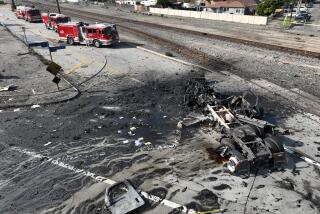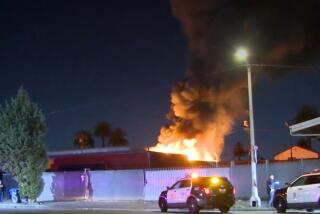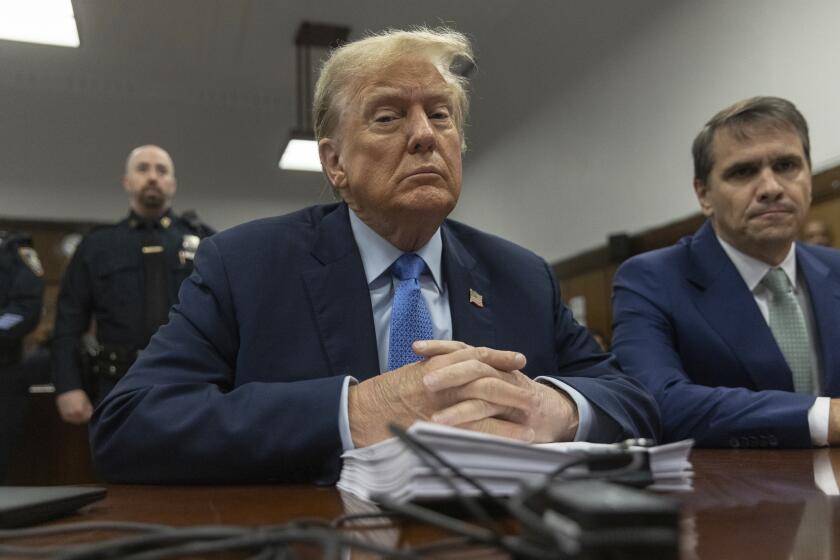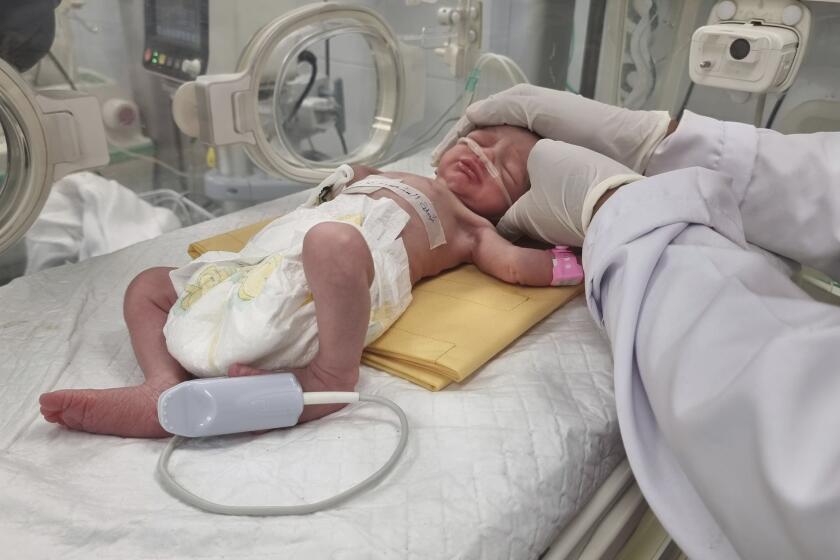Possible pressure cooker bomb believed hidden in black backpack
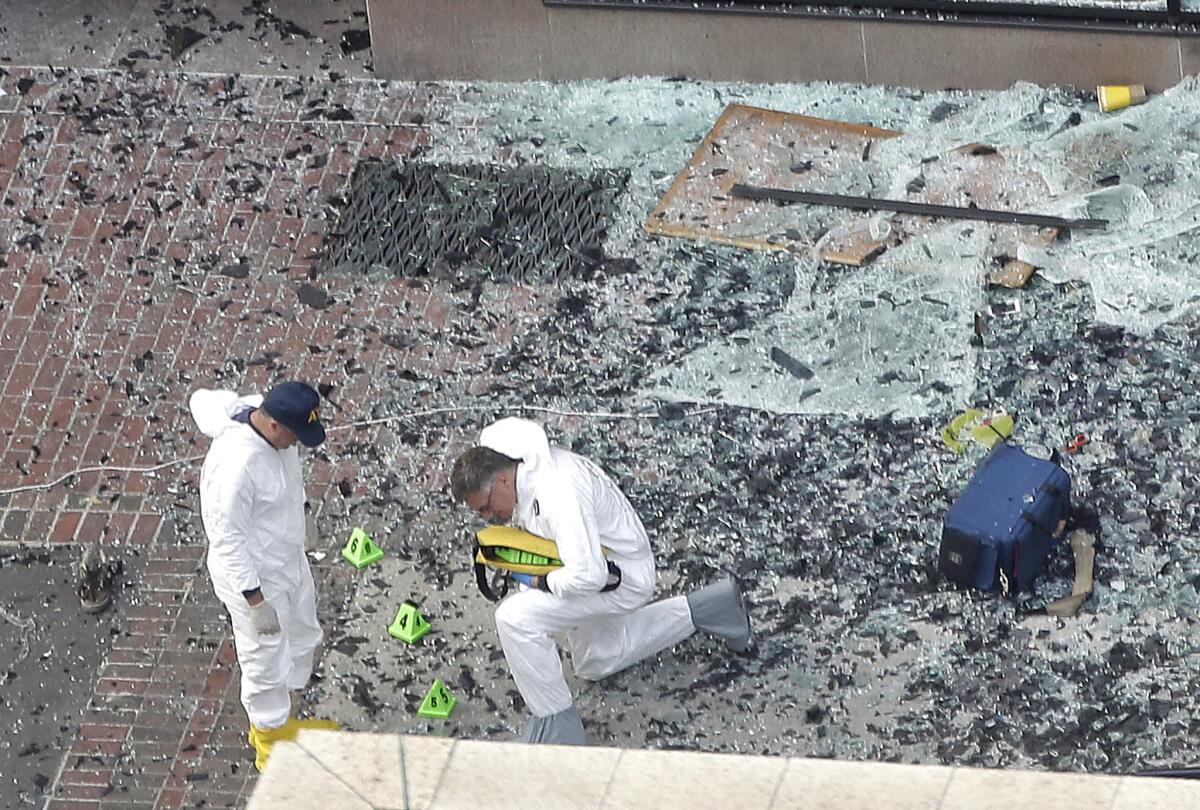
Investigators believe at least one of the two bombs in Boston was made with a pressure cooker, according to law enforcement and intelligence officials.
Rich DesLauriers, FBI special agent in charge in Boston, said at an afternoon news conference that investigators found pieces of black nylon from two backpacks and possible pressure cooker metal fragments. He said all were being sent to the FBI laboratory in Quantico, Va.
A federal law enforcement official who asked not be named because he was not authorized to speak publicly said evidence recovered at the scene of the marathon explosion suggests the ingredients for one of the two bombs was hidden in a metal pressure cooker stuffed inside a backpack. Although pressure cooker pieces have not yet been found for the second bomb, located about a block and a half away, it was similar in design, he said.
FULL COVERAGE: Boston Marathon attack
The law enforcement official added that these types of devices “most likely” would have been triggered with the use of timing devices and circuit boards rather than remote cellphones.
“We’re leaning towards timing devices,” he said. “With just 10 seconds between the two blasts, that might not have been enough time to set off both blasts with a cellphone.”
He also said that although pressure cookers are often used in the Middle East, they are also highlighted in Internet bomb-making instructions in this country as a receptacle for holding a large amount of shrapnel. In Boston, many of the dead and injured were sprayed with metal fragments, small nails and ball bearings.
The shrapnel is typically glued or fixed to the inside lining of the cooker, and then the rest of the receptacle is filled with inflammable material. When the bomb ignites, it showers the area with exploding shrapnel.
VIDEO: Boston marathon explosion
Fragments from the blast have been found embedded in the sides of nearby buildings and rooftops, said a spokesman from the Bureau of Alcohol, Tobacco, Firearms and Explosives.
“That gives you an idea of the scope of the power of the blast,” the spokesman said. “You could see how it was so devastating.”
DesLauriers said the FBI has received more than 2,000 tips. But the range of possible suspects is “wide-open.”
FBI analysts are sifting through more than 10 terabytes of data for clues about who might have placed the bombs near the finish line. The data include call logs collected by cellphone towers along the marathon route and surveillance footage collected by city cameras, local businesses, gas stations, media outlets and spectators who volunteered to provide their videos and snap shots, said the federal law enforcement source.
The FBI has flown analysts from field offices across the country to Boston to watch and log hundreds of hours of video, he said.
In a 2010 publication, Al Qaeda members based in Yemen encouraged would-be terrorists in the United States to use a pressure cooker and other household items to build a bomb.
PHOTOS: Bombings splashed across nation’s front pages
“Make a bomb in the kitchen of your Mom” was the headline for the instructions in a glossy English-language publication called Inspire magazine that was posted to Internet chat rooms.
The eight-page article said that a “lone mujahid,” or holy warrior, would not raise suspicion buying readily available items to make the bomb. The ingredients included granulated sugar, matches, small nails and a section of 2-inch iron pipe or a pressure cooker. The bomb could be made in one or two days, said the instructions “to kill at least 10 people.”
“The pressurized cooker is the most effective method,” it read. The bomb-making recipe, illustrated with color photographs, recommended using a 9-volt battery and a cracked bulb from a string of Christmas lights to ignite the explosive and an alarm clock as the trigger. The article is signed “AQ chef.”
“We are conveying to you our military training right into your kitchen to relieve you of the difficulty of traveling to us,” it read.
“This is an explosive device so take care during preparation and handling,” it read. The author recommends the bomb maker wear gloves to avoid leaving fingerprints.
FBI investigators will probably be going to stores in the Boston area to check the sales records for pressure cookers, said David C. Gomez, a former counter-terrorism supervisor for the FBI.
“People make bombs out of what’s available,” Gomez said in an interview.”If it was a pressure cooker, that in itself is a little unusual,” he said.
ALSO:
Live updates: Doctors remove pellets, nails from Boston victims
Runners, onlookers give first account of Boston Marathon blasts
After Boston twin bombings, a nation offers its support and solidarity
@ByBrianBennett
More to Read
Start your day right
Sign up for Essential California for news, features and recommendations from the L.A. Times and beyond in your inbox six days a week.
You may occasionally receive promotional content from the Los Angeles Times.
